Exclusive: Poster Artist Graham Humphreys Talks Us Through His Incredible Career

My good friend Graham Humphreys is arguably one of the most prominent and respected horror artists in the industry. Some of his most famous works include the stunning UK posters for the Evil Dead and Nightmare on Elm Street movies and the main promotional images for the annual London FrightFest Film Festival. Clive Barker described his art as “beautiful and transformative,” and I’m sure you’ll agree. When it comes to artists, Graham truly is one of a kind.
You’ll have plenty of opportunities to meet Graham, as he’s scheduled to appear at a ton of upcoming events over the next several months. Firstly, he’ll be at the London Tattoo Convention from September 22-24, and then at the Birmingham HorrorCon from 28-29 October, before showing up at Weekend of the Dead in Manchester, which runs from November 4-5.
Lastly, on November 11, he’ll be signing copies of the book The Art of Horror Movies at London’s Forbidden Planet Megastore from 12.30pm – 2.00pm, before delivering a talk on designing horror posters at the North By Northwest pub in north London on the same day. The talk will be held to raise funds for the Sophie Lancaster Foundation, so it’s extra important to attend and give them some of your cash.
If you find yourself at any of the aforementioned events, be sure to spend some time talking to Graham, because he’s a really nice guy. He was even kind enough to grant us the following interview, in which he discusses everything from the early days of his career to meeting Robert Englund. I’ve included images of some of Graham’s best posters throughout the interview, so you can admire his incredible artwork while you read about his unique career.
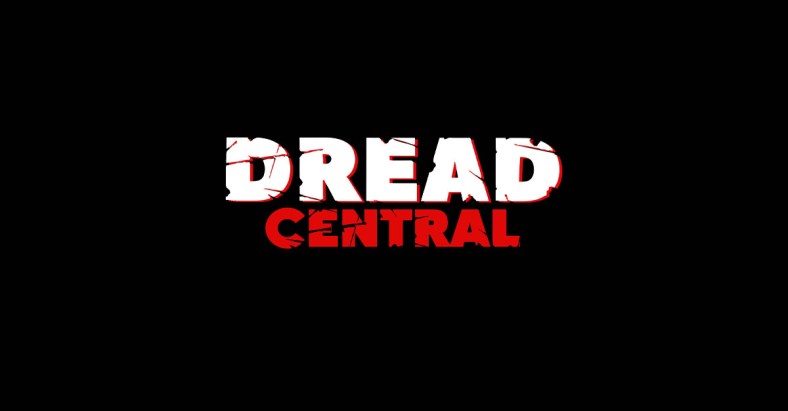
DC: You probably get asked this a lot, but can you give a brief overview of your incredible career drawing horror posters?
Graham Humphreys: Like most artists that work in the genre, my beginnings are rooted in my formative years where the influence of TV and the ephemera of model kits and themed magazines fed my imagination. It’s odd to consider how much was available before the internet existed, if you were canny enough to keep your eyes peeled! Armed with all the enthusiasm for horror and cinema, my college years provided the essential tools that brought me to London, which at the time (1980) would have offered the most potential for work.
Being freelance proved a hard slog, certainly financially, but I was determined to follow my chosen path, and thus within the second year found myself at the offices of the fledgling Palace Pictures. A couple of weeks later I was commissioned by Palace to work on a low budget horror film that was going to get a limited release, but would be fun to work on. This was ‘The Evil Dead’, the beginning of a career in the work that is most recognised of all my output over nearly four decades. The people at Palace were all enthusiastic genre fans themselves and always great to work with. I worked on a number of video releases for the company and a number of posters (including ‘Evil Dead 2: Dead By Dawn) and three years later the poster for ‘A Nightmare On Elm Street’. So with two great titles behind me (nobody had any idea how enduring these were going to prove to be) I was established.
On the back of this small body of work I got more VHS cover commisions and poster work from other companies, though many felt my work was too coarse and simply not slick enough to be commercial. I tried to make the raw quality of my work it’s strength and persevered. Other notable work during this period would be for the Argento film ‘Creepers’ (the heavily cut UK release of ‘Phenomena’), ‘The Stuff’ and ‘The Return Of The Living Dead’.
Palace Pictures bit the dust just before ‘Nightmare 5’ was released. However I’d already formed a solid working relationship with film promotion company ‘The Creative Partnership’, to whom it fell to provide the poster for this last entry in the original ‘Nightmare’ cycle, thus I provided the illustrations for the teaser and quad.
Around this time I found myself offered he job of storyboarding ‘Hardware’ and then ‘Dust Devil’ with Richad Stanley. An area in which I had absolutely no experience, but in which it was felt I could work well because of my love of film. The fruits of this alliance resulted in my inclusion in the early development of ‘The Island of Dr Moreau’ and a resulting large body of storyboard work and numerous pre-production paintings. Some time after the Moreau crash, I worked with Richard on two further projects, neither of which disappointingly made it as far as pre-production.
With Palace gone I found myself working with Tartan Films, the natural successor to transgressive film distribution. During the ten year period (until Tartan also fell victim of recession and fical markets) my work for them was almost exclusively created in photoshop, providing countless video/DVD covers and posters, mostly adaptations of existing campaigns, but often generating new elements. Two examples: ‘Audition’ required a poster and DVD cover, but the origination was a poorly printed A4 flyer; not quite good enough to reprint, so I hired a vintage glass syringe, then bought a PVC glove (plus silicon spray) from the local sex shop and photographed the new hand/syringe and retouched the actor’s face to create the new version. For ‘Dark Water’ I borrowed a yellow raincoat and photographed a colleague, enlarging the hood to make it more like a child’s proportions, she provided the bag to which I added the detail from the original film – the new figure was added to the original background. The nearest we got to an illustrated poster was for ‘House Of A Thousand Corpses’, where unfortunately due to time and budget constraints an illustration was impossible. My photocomp tried to look as close to an illustrated poster as I could get without losing the integrity of the photographic elements.
I provided designs for almost the entire Tartan Asia Extreme range and worked on posters for such classics as ‘Old Boy’ and ‘Party Monster’ (one of the few that was entirely built from scratch). One last attempt to inject illustration into the Tartan output resulted in an illustration for ‘El Topo’, unfortunately this only saw the light of day in the form of a pullout poster for a magazine, though Alexandro Jodowrosky (who I was lucky enough to meet at a BFI screening) told me it was his favourite image for his film of all he’d ever seen – worth painting just for that!
With Tartan now gone, a chance enquiry by Arrow Video led to my first illustrated DVD cover in years, ‘Slaughter High’. Thus a new relationship was formed and a return to a new burst of illustrated covers. This combined with the wider exposure provided by social media, has given me the opportunity to paint more than ever. Aside from home entertainment, film posters and vinyl soundtracks have provided further platforms for the work. With the illustrated image firmly embedded in the genre, the work has been transcending the usual commercial channels and entering a more personalised era of limited edition prints and commissions. More to come…!
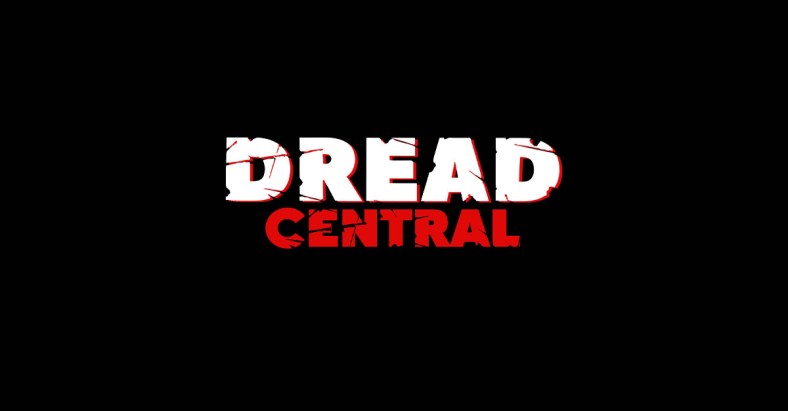
DC: I really love your FrightFest posters. Can you describe how you came to be involved with the festival?
GH: Although I’d met Alan Jones through a mutual friend back in the 1980s, it was my work with The Creative Partnership and in particular, company director and writer Christopher Fowler, that I became involved with FrightFest.
In fact, my initial involvement was in creating a logo for ‘Fantasm’ the genre film festival precursor to the FrightFest. The first FrightFest job involved creating the programme layout (intended to reference the amazing Scala Cinema monthly programme sheets). It was only later that Paul McEvoy suggested recreating a programme cover in the style of the EC comics. The hellish projectionist character (based on a childhood nightmare!) proved popular enough with the organisers to endure through the following years.
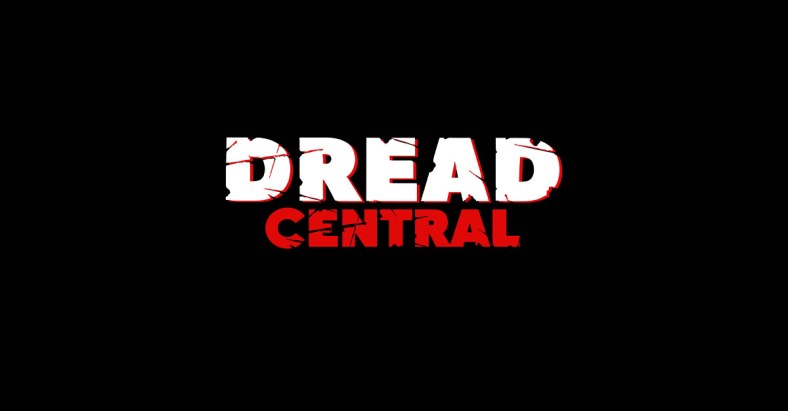
DC: You’re scheduled to appear at a ton of upcoming events. Can you give us an overview?
GH: This will be my second year at the London International Tattoo Convention at Tabacco Dock. Last year the organiser invited me to exhibit original artwork as part of a pool of other artists that would compliment the work of tattooists from all over the globe. Although I don’t design tattoos or have any myself, I was told that my genre work would fit well into the world of tattoo. Last year proved this to be absolutely true. I am proud to be invited back with some new work to display. In addition, people can buy prints and other items from my table, including some very limited edition screenprints; although for me it’s a chance to enjoy the company and chat to like minded folk – and of course, discussing own work if asked!
I’ll also have a table the Birmingham HorrorCon, 28-29 October and then at the Weekend of the Dead, a week later (a Romero themed celebration with amazing guests – including John Amplas, ‘Martin’ himself!) where I’ll also be interviewed with a Q&A.
Back in London, 11th November, I’ll be among the contributors signing ‘The Art of Horror Movies’ at Forbidden Planet, 12.30pm – 2.00pm. Then later that evening, delivering a talk on designing posters for horror films at the ‘North By Northwest pub (the Hitchcock themed venue at Angel, north London) at the ‘Day of Weird’, (an event raising funds for the Sophie Lancaster Foundation) with a lineup of Fortean speakers and plenty of ‘weird’!
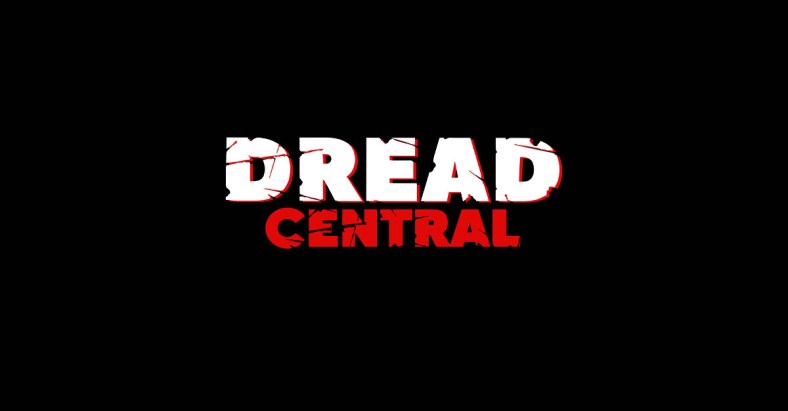
DC: What do these events personally mean to you?
GH: It’s immensely humbling to be invited to exhibit work and even more to have a chance to meet the people for whom my work is intended.
As well as confirming that horror fans are among the warmest, most intelligent and humerous folk you’ll ever meet, despite the tabloid and evangelical elements that try to argue otherwise (they of course are among the precise opposite!) it’s important feedback for me and how I approach future work. All comments are welcome!
In addition, on the occasions I get to exhibit the actual paintings, it’s a chance for people to get a sense of how the images are created, to see the brush marks, the texture of the paper and a sense of the love that goes into the process.
At a time where digital techniques provide a fantastic alternative to the traditional methods, the absence of artifact (other than the printed image) leaves the viewer unable to access a sense of technique. As I work entirely in paint on paper, the originals are the physical evidence of the time that is spent on creating them.
One of the most rewarding aspects of these events is meeting people who tell me that they were inspired to pursue their own careers by seeing my work during their formative years. Just as I was inspired in my own youth. Although I‘m not in any way precious about what small achievements I’ve been lucky enough to be involved with, far more important is sharing a legacy which can be traced back to.. well, I’ll explain it on the 11th November!
DC: Earlier this year, you created a variant cover for the first issue of The Mummy: Palimpsest from Titan Comics. Is this a medium you would like to explore more?
GH: Indeed, yes. It was great to be asked to be involved.
However, the simple truth is that budgets seem to be very tight for this kind of work and I have to earn a minimum to survive. It means working so fast that the image suffers. With all respect to the publishers, who are themselves under financial pressure!
I’m increasingly aware that it is better to turn down a job that will only lose me money, than deliver something that I feel is substandard out of a sense of duty – it benefits no one. (It’s a common gripe among illustrators that some people that assume that the work is a hobby and that there is some mysterious source of income that allows us to work just for fun! If only!)
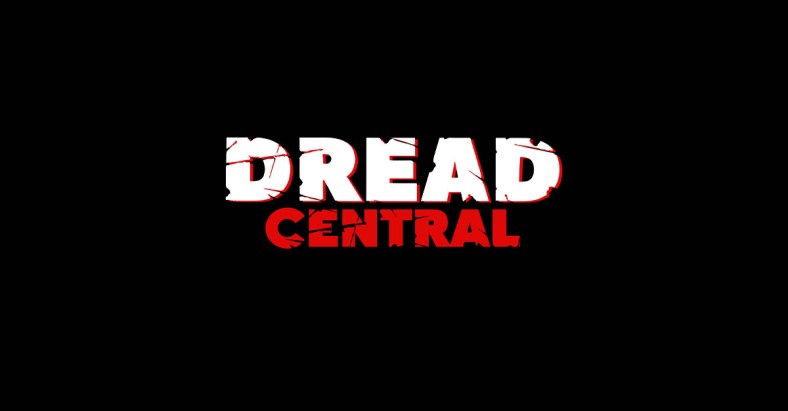
DC: I remember you telling me that Robert Englund told you that your poster for the first A Nightmare on Elm Street film was his favorite of the entire series. I assume that must have been quite a moment?
GH: In truth, although he told me (on the only occasion I ever really had a discussion with him – when he was in the UK to promote ‘Nightmare 2’) how much he liked my poster, it has only been through other people at conventions that I’d heard so otherwise. But of course, immensely rewarding to hear.
Feedback is not always forthcoming, although I consider it an important part of the process, I need to know when I’m not getting it right otherwise I can’t improve.
I could talk at length about why some jobs just don’t work or feel disappointing, but I can speak for most designers and illustrators in mentioning that we are all answerable to our clients and fulfilling their wishes doesn’t always result in our best work! It’s part of my job to advise on the basis of experience, but when someone else is coughing up the cash there’s a limit to how that advise might be received!
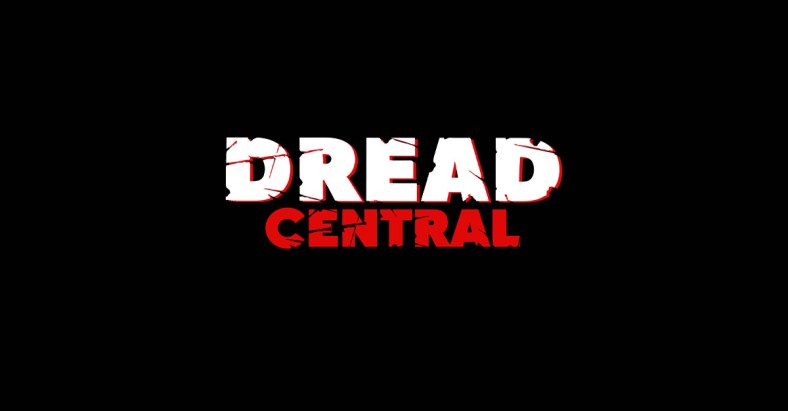
DC: In addition to your recent cover for the book Lost in the Shadows: The Story of the Lost Boys, and the artwork for the new Blu-ray edition of Justin M. Seaman’s The Barn, do you have anything else bubbling away?
GH: Yes, in fact more than I can easily handle. I’m in the very fortunate position of having plenty of work in the coming months. All jobs are confidential until public, so out of respect to my clients I can’t be specific, but there are some projects for Arrow on the schedule, some vinyl LP covers and a number of private commissions. My sincerest apologies to a couple of individuals who have been waiting literally years for a gap in my schedule! I’ve not had a holiday in ten years if that’s any consolation!
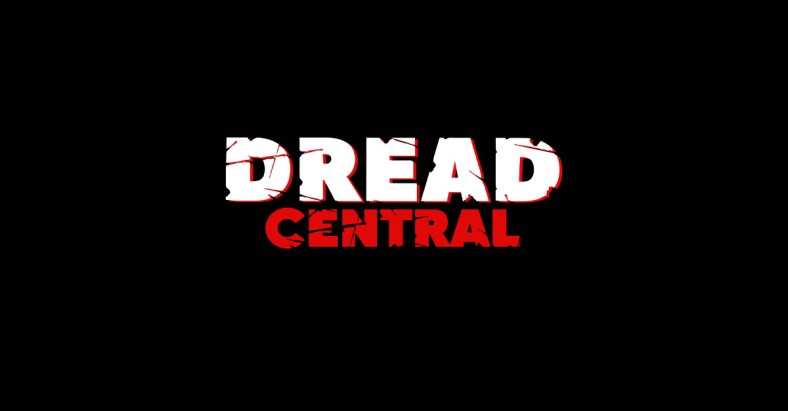
DC: As someone who has been immensely successful in the industry, do you have any advice for up and coming artists?
GH: I have been very lucky and I never forget that. There have been periods of terrifyingly insecure financial situations, a lot of self doubt and a close brush with insolvency. Mostly it is tenacity that has kept me going – and sticking to my art guns! Although we are discussing my genre work, there is a whole body of stuff that has kept me going through these years, completely outside of the world of film and Horror. I’ve worked on educational publications, produced many cartoons to lighten product information (photocopiers, road drills and even Mother Care), worked on illustrations for parenting magazines… and yes, the inevitable horse, dog and baby portraits.
My main advice is that you don’t turn down paid work on the basis of subject matter unless it compromises the dignity of your fellow human beings, particularly vulnerable ones. Prejudice will leave you penniless.
In fact, if you find yourself painting, for instance, an elderly couple raising a glass to retirement, or schoolkids waiting for a tram in a Cairo suburb, or a businessman watering a metaphorical pot of flowers (all real jobs) then it broadens your experience, which then feeds back into the preferred subjects.
If you want to be rich, be lucky enough to have born into wealth and/or work in the City. If you always want to be in consistent future-proof work, be an undertaker or plumber. If you want to be an illustrator/artist, be prepared to live in occasional poverty, keep an open mind and expect to work long hours without reward – if you can do that, then you’ll get to feel a sense of accomplishment that few jobs deliver (and hopefully make a living!)
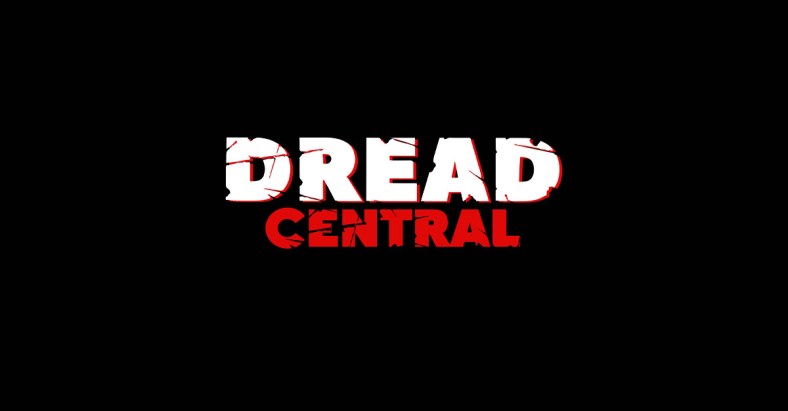
Categorized:News

